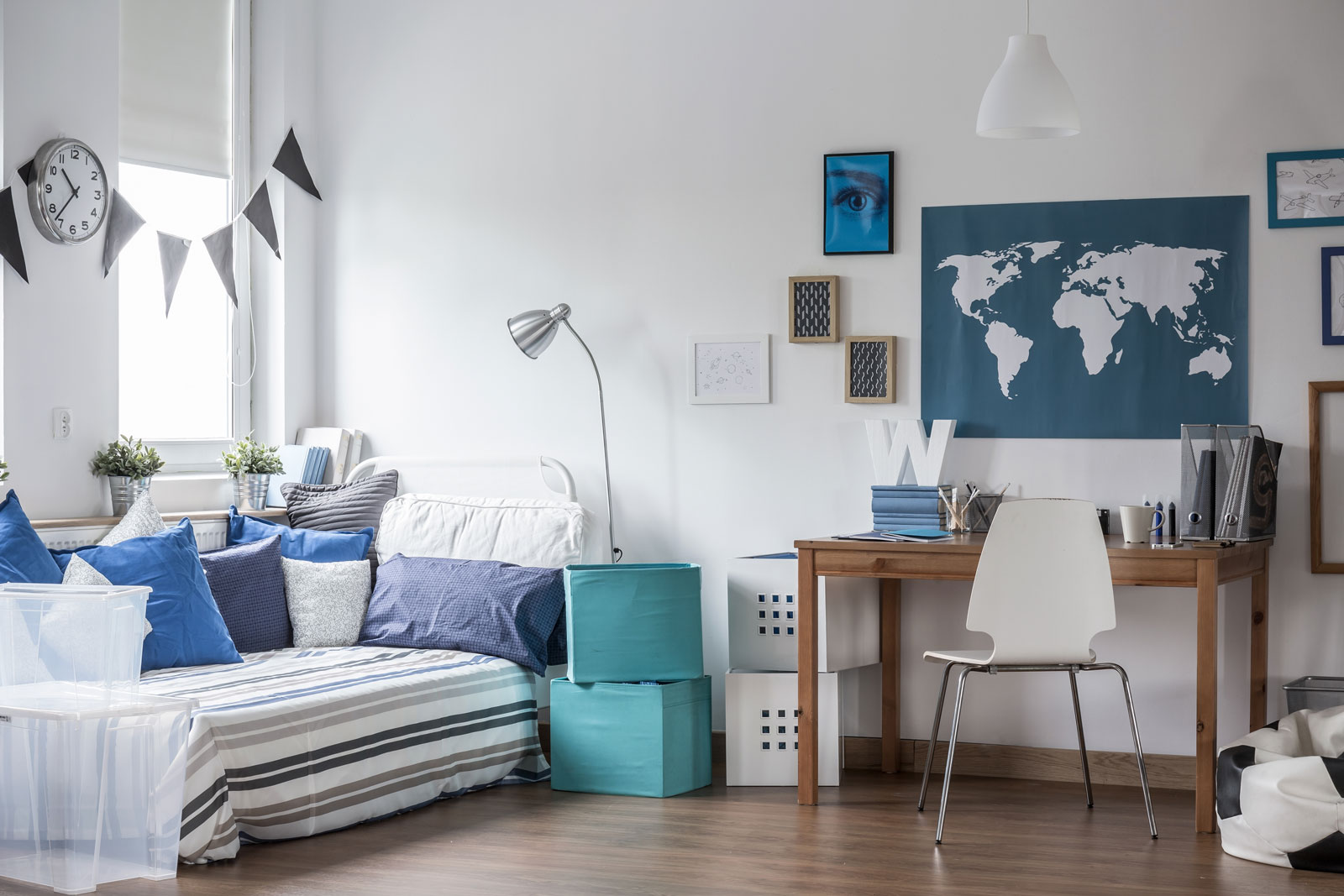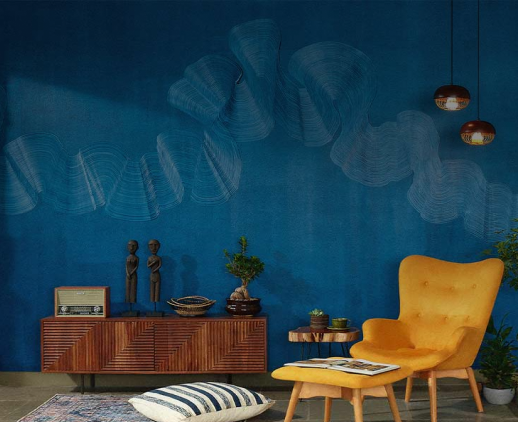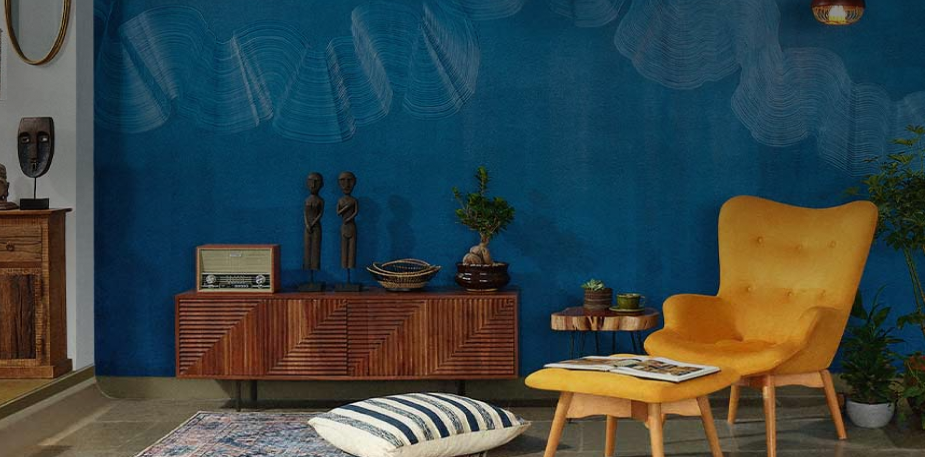Get your home interior design budget estimate
How to plan a room for a pre teen

When planning a bedroom for a pre-teen, you must keep in mind the functionality, design, and most importantly the child's personality. We give you tips on how to incorporate all three factors
A pre teen’s bedroom should be an expression of who they are, so it is important to involve them in the design process. Keep in mind their interests, activities, likes and dislikes before buying furniture and décor pieces. While you should plan the room in a way that ensures that the main framework lasts, make sure to select the décor pieces in a way that allows you to update the room from time to time as your child grows older. Here are the main factors to keep in mind while designing a room for a pre teen.
Layout
The room should be divided into zones – sleep, play, study, dress, etc. – and each zone should flow easily to the next. With a basic floor plan, you’ll know what can fit and the dimensions of each piece. Remember to record windows, doors and electrical outlets as well as the space required for drawers and cupboard doors to open. Make sure the room gets as much natural light as possible. Mirrors help in reflecting natural light and brightening up a room. When placing furniture, start with the bed and move on to other furniture, incorporating the larger pieces first and then the smaller ones. To open up a room, place beds lengthwise against a wall.
Furniture
Every bedroom needs three lasting pieces – a bed, a wardrobe and a desk. In a shared bedroom, a bigger wardrobe and desk can be shared spaces while identical beds will take up personal space for each child. These pieces need to be sturdy and neutral to allow for change in décor as they grow older. Be on the lookout for multi-purpose furniture. Headboards or beds with storage really come in handy. Don’t forget to use vertical space to your advantage like wardrobes that reach the ceiling or hooks on the walls to hang bags. An open bookshelf can double up as a storage area with colourful storage baskets. Consider desks with pull-out workspaces and bed-side tables with drawers.
Colour and patterns
Consider bright splashes against a neutral background like sunny yellow, patterned bedding against muted grey walls with white furniture or navy curtains, ivory walls and light wood furniture. Break bold colours with small, recurring prints. Co-ordinated bedding is the perfect way to mix solids and patterns without being too jarring to the eye. Limit the number of patterns and colours in a room. Decide on one dominant pattern and one colour and add not more than two complementary ones here and there. The same goes for texture, add one dominant piece like a rug or one wall with a textured paint finish. In a shared bedroom, use complementary colours to demarcate individual zones. Personalise the area with their pictures, artwork, and awards as well as removable wall decals. You can also add texture with wooden block alphabets that spell out each child’s name above their desk area on the wall, in the case of a bedroom that is shared by two children.

Get Started with your interior design journey with us!
Speak to our design professionals
What’s the status of your home possession?
What’s the condition of your home/space?
Will you be living in your space during the renovation?
 Previous Question
Previous Question
Is your interior design budget over 4 lakhs?
 Previous Question
Previous Question
Book next available appointment slots with our experts!
Please Select Date and Day
 Previous Question
Previous Question

Something went wrong!
We were unable to receive your details. Please try submitting them again.

Appointment Scheduled!
Thank you for giving an opportunity to Asian Paints Beautiful Homes Service! Our Customer Experience Specialist will get in touch with you soon.
Appointment Date & time
Thank You!
Our team will contact you for further details.
What’s the status of your home possession?
What’s the condition of your home/space?
Will you be living in your space during the renovation ?
 Previous Question
Previous Question
Is your interior design budget over 4 lakhs?
 Previous Question
Previous Question
Book next available appointment slots with our experts!
DEC 2023
Please Select Date and Day
 Previous Question
Previous Question

Something went wrong!
We were unable to receive your details. Please try submitting them again.

Appointment Scheduled!
Thank you for giving an opportunity to Asian Paints Beautiful Homes Service! Our Customer Experience Specialist will get in touch with you soon.
Appointment Date & time
17 Oct 23, 03.00PM - 04.00PM









































